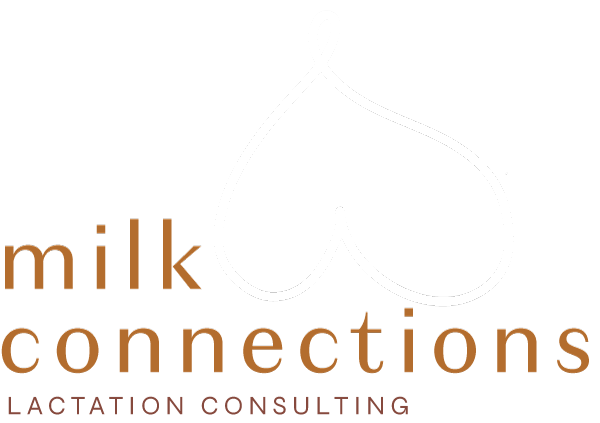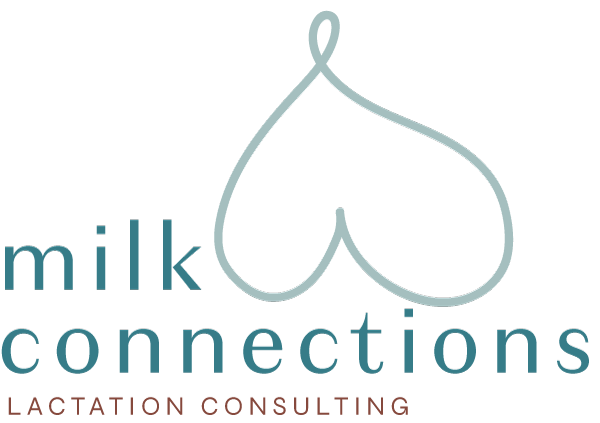Are you just a few weeks postpartum on maternity leave? Or maybe you are just about ready to go back to work part-time or full time? It can be confusing how to begin discussions with you manager on a back-to-work pumping plan and where to pump. To start researching strategies for your back-to-work plan, visit the Office of Women’s Health at the US Department of Health and Human Services. They have tips on pumping, storing human milk, how to discuss your goals with your manager, and how to ease the transition back to work.
What does a back-to-work and pumping plan look like?
To feed your baby human milk long-term, you will need to develop a back-to-work pumping plan with the support of your supervisor. In general, you would expect to pump milk for the missed breastfeeds/chestfeeds while you and your baby are apart. This would usually be every two to three hours while at work. What are some talking points to discuss with your work-site manager to ensure they understand your needs?
Three points to discuss with your boss
- Let them know how breastfeeding/chestfeeding benefits the company (fewer sick days, your job satisfaction is enhanced).
- What is your back-to-work pumping plan and goals – number of times per day, length of time including set up, pumping, and clean up? Is there a pumping room or can one be set up?
- They might not know your lactation rights while at work! You can find your federal breastfeeding rights at Nursing Mother’s provision (FLSA) and additional Texas breastfeeding laws that are your rights as an employee.
How to develop a back to work plan
In addition, you can explore your manager’s concerns about pumping at work and you can come to a written agreement. It is often helpful to create a back-to-work pumping plan before you go on maternity leave so that expectations are clear for both parties.
What are your manager’s concerns?
Are they:
- Worried about time away from work?
- Concerned about other employees’ reaction?
- Uncertain about access to a pumping room?
- Uncomfortable about nursing in general?
These are valid concerns that need to be discussed by both parties and can often be overcome with the help of your human resources department. In addition, you can also reach out to your Lactation Consultant (IBCLC) to write a letter to your employer. They can discuss the benefits of breastfeeding/chestfeeding for your baby’s health as well as your reduced sick days.
Why are open discussions important?
At the end of the day, discussing your back-to-work pumping plan and concerns with your manager can help alleviate stress for you during maternity leave! Setting tangible expectations for you and your manager can ease the transition from maternity leave to full or part-time employment. Your breastfeeding/chestfeeding, pumping, and human milk-feeding goals are so important to your mental health, your baby’s health, and are a critical piece of your job satisfaction. For instance, by letting your manager and colleagues know how important your pumping plan is to reaching your nursing goals, you have opened two-way discussions and enhanced communications between all parties. This is a win-win for a productive work environment and job satisfaction.
If you have any questions about first steps or overcoming long-term working and pumping challenges, reach out to us at Milk Connections Lactation Consulting. We are here to support you through your back-to-work transition!




